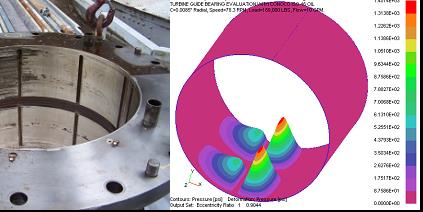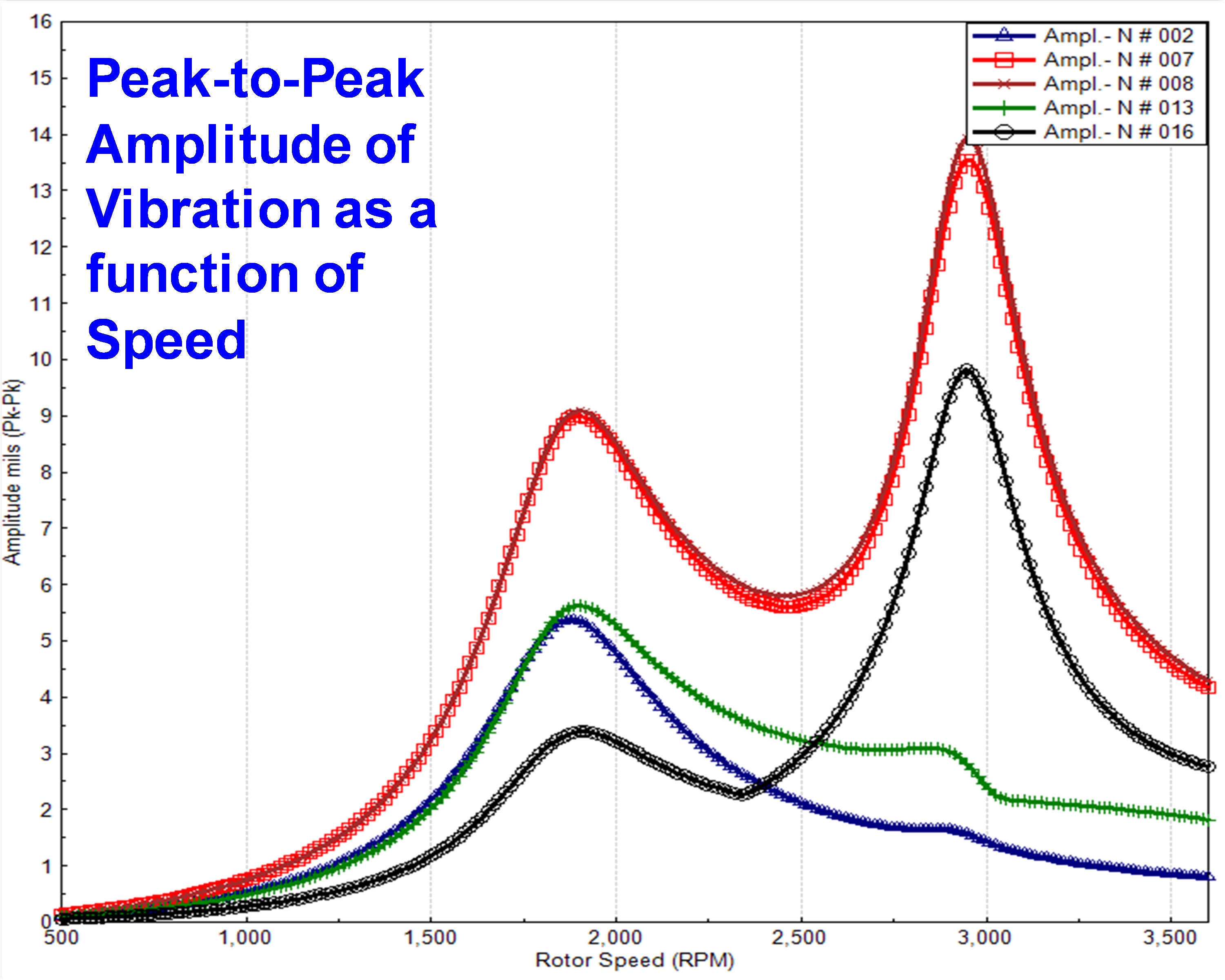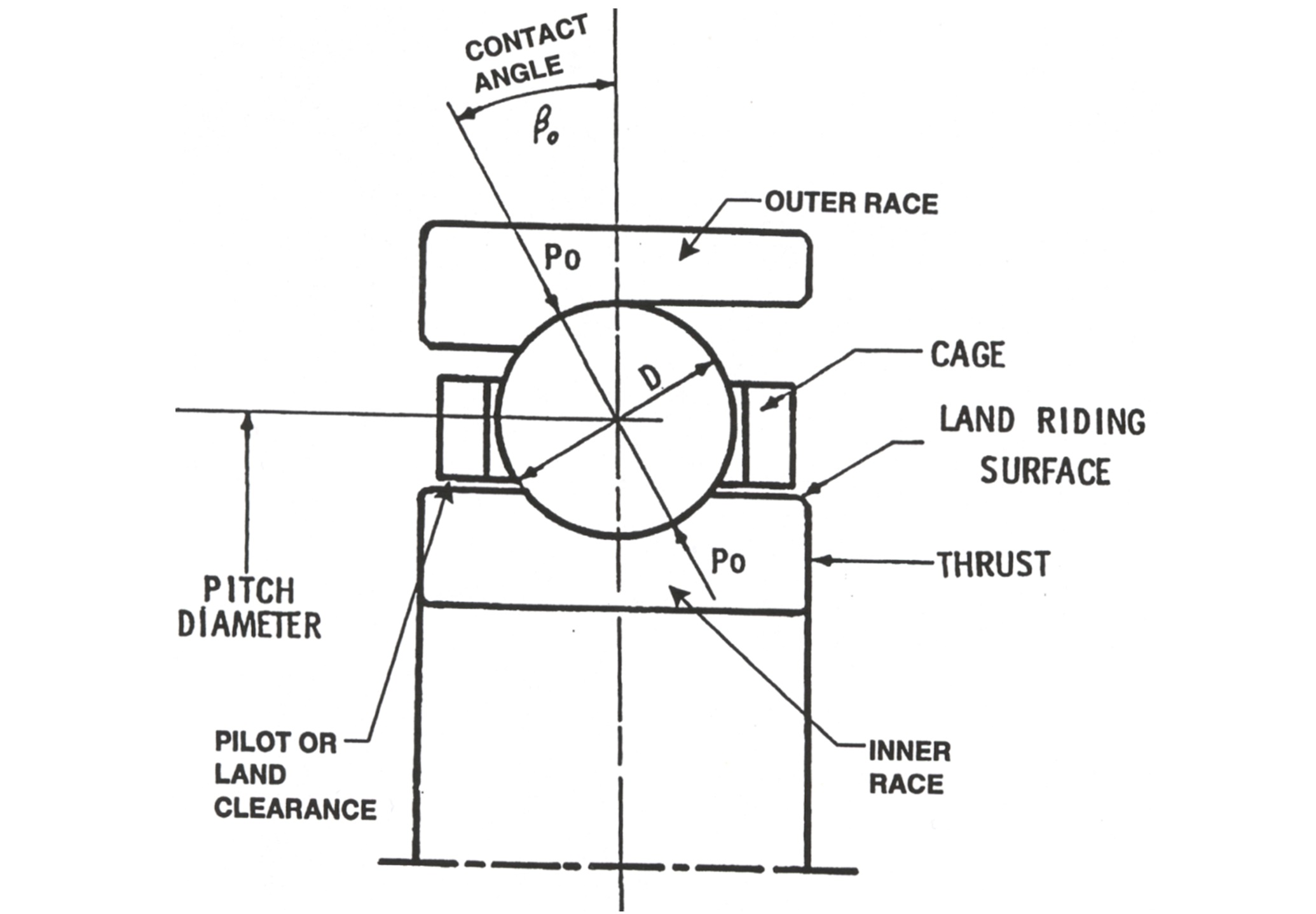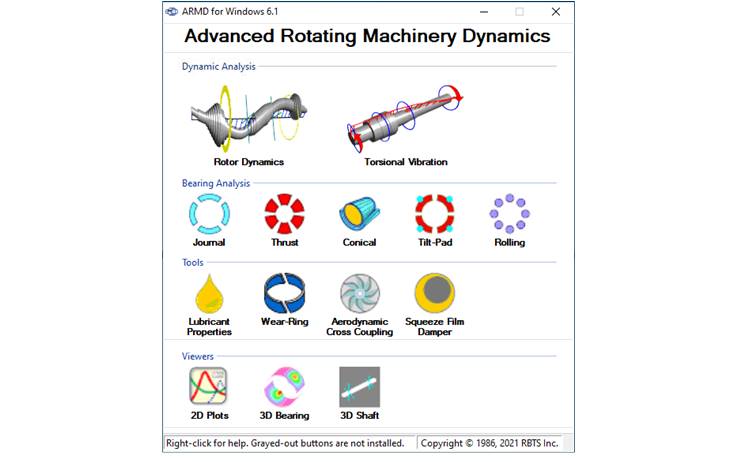Typical 3-Day Seminar
TECHNOLOGY TRANSFER SHORT COURSE ON FLUID-FILM / ROLLING-ELEMENT BEARINGS, MACHINERY ROTOR DYNAMICS & DRIVE-TRAINS TORSIONAL VIBRATION
Detailed coverage of the fields of fluid-film / rolling element bearings, machinery rotor dynamics and mechanical drive trains torsional vibration illustrated by the presentation of case histories and the application of advanced software for the modeling, analyses, and troubleshooting real life bearing and vibration problems encountered in rotating equipment. No previous experience is required and participants will have guided sessions for model development, analyses, results interpretation and troubleshooting bearing and rotor/bearing systems.


About the Course
This course is designed for engineers and technical managers who are involved in rotating machinery design, operation, maintenance, diagnostics, and troubleshooting, with emphasis on bearings and bearings systems, machinery rotor dynamics, and drive train torsional vibration.
The first session of the course will focus on bearings, the vital tribological element of rotating machinery, beginning with their fundamental principles of operation through computer-implemented evaluations of their operational performance characteristics and limitations. Design considerations and applications of fluid-film bearings will be discussed along with the presentation of numerous real life case histories to illustrate the technology and its application to rotating machinery failure analysis and troubleshooting of common, as well as, unique vibration problems. Following the fluid-film bearings, an introduction to rolling element bearings will be presented illustrating their various applications and their effects on system rotor dynamic .
The second and third sessions focuses on rotating machinery dynamics (rotor dynamics & torsional vibration). The interacting influence of bearings on the dynamic behavior of machinery will be reviewed and illustrated by the construction of analytical models, and evaluated by computerized solutions. Participants are encouraged to present problems to be discussed.
Time will be provided after each session for additional questions and discussion.

Day 1 - Fluid-Film Bearings
This session is presented in a simple way to understand the technology of sliding surface bearings so that participants with or without previous knowledge benefit from the presentation and can apply it immediately in their profession. The session is a full coverage of fluid-film BEARINGS (the vital tribological elements of rotating machinery that support, guide, and locate the rotating assembly) beginning with their fundamental principles of operation through computer-implemented evaluations of their operational performance characteristics and limitations. Design considerations and applications of sliding surface bearings with emphasis on HYDRODYNAMICALLY lubricated fluid-film bearings will be discussed along with presentations of practical examples and case histories. Topics include:

INTRODUCTION TO BEARINGS (Includes the presentation of a real life bearing failure problem and effective solution taking time and cost in to consideration)
SLIDING SURFACE BEARINGS

FLUID-FILM BEARING TYPES AND APPLICATIONS
BEARINGS STATE-OF-THE-ART TECHNOLOGY
Days 2 & 3
Rotor Dynamics & Torsional Vibration
Rotor dynamics and torsional vibration technologies presented in a simple way to participants, with or without previous knowledge, to be applied immediately in their profession. Commonly used terminology in the industry such as lateral and torsional critical speeds, mode shapes (rigid body & bending), stability, bearing whirl/whip, phase angle, critical damping, gyroscopic effects, unbalance, API-amplification factors & required separation margins, etc., will be discussed and illustrated throughout the course by the presentation of practical examples and case histories. The course handout includes sufficient details to be used as a reference including a tutorial section on rotor dynamic fundamentals and terminology. Topics include:

INTRODUCTION & OVERVIEW (Includes the presentation of a real life vibration problem and cost/time effective corrective actions taken as a solution)
BASICS OF MACHINERY VIBRATION – Introduction
ROTOR DYNAMICS & TORSIONAL VIBRATION – Basics

ROTOR DYNAMICS – THEORY
ROTOR DYNAMICS – Advanced

REQUIREMENTS FOR ROTOR DYNAMIC ANALYSES

ROTOR DYNAMICS DETAILED CASE HISTORY
TORSIONAL VIBRATION – Advanced
TORSIONAL VIBRATION DETAILED CASE HISTORIES
STATE-OF-THE-ART TECHNOLOGY PRESENTATION & DEMONSTRATION
During the session, numerous real life case histories will be presented to illustrate the technology and its application to rotating machinery failure analysis and troubleshooting of common, as well as unique vibration problems.
ARMD Software Training Seminar
Bearings Software, Rotor Dynamics, Torsional Vibration & Application
This workshop is planned for users/participants who are interested in the detailed modeling and analysis of bearings and rotor/bearing systems utilizing the ARMD™ Software. Participants can bring their own rotating machinery and bearings problems to be presented and discussed in an open session, watch a problem developed and solved, or use the software and create their own models and perform the analysis of their interest. Time will be allocated to discuss FAQs and some details of the ARMD software, which has been used to solve the seminar and end-user sample problems. The workshop will mainly cover the following subjects:

MODEL GENERATION
SIMULATION

INTERPRETATION OF RESULTS
APPLICATIONS
The seminar is hosted by RBTS. Attendance is limited. Reservations will be accepted on a first-come, first-served basis and will be confirmed following receipt of registration fee payment or acceptable purchase order.